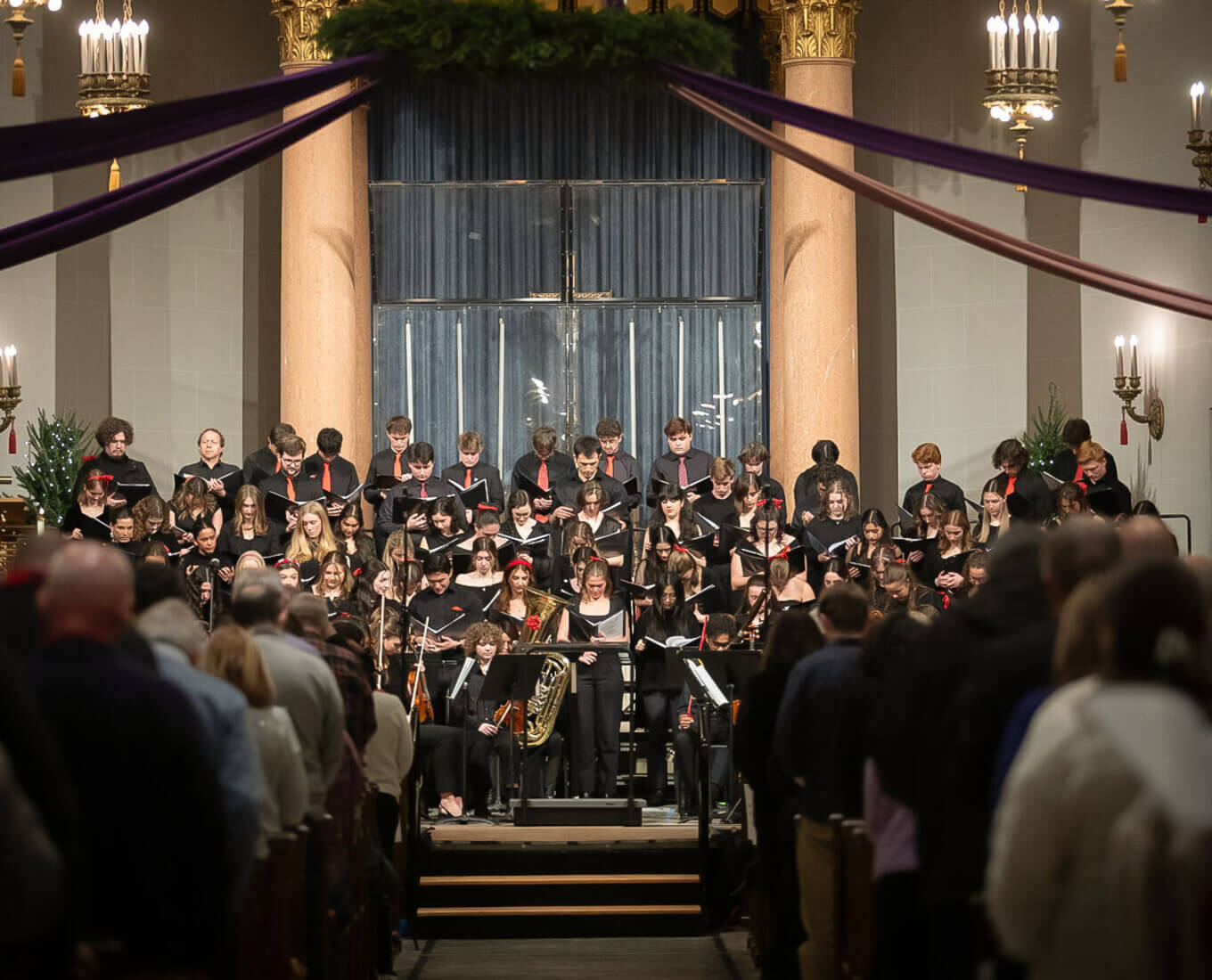WORCESTER, Mass. – Sara Gran Mitchell, geologist and assistant professor of biology at the College of the Holy Cross, and Karen Ober, assistant professor of biology at the College of the Holy Cross, will be presenting their research, topography and biogeographic changes of the Montane Forests in the “Sky Islands” of Southeastern Arizona and the associated genetic divergence of Scaphinotus petersi (a flightless beetle) 1.8 million years ago, on Oct. 28 – 31, at the 119th annual meeting of the Geological Society of America, titled "Earth Sciences for Society," at the Colorado Convention Center in Denver, Colo.
More than 6,000 geoscientists will gather at the Colorado Convention Center to discuss research including: new data, models, and concepts of the San Andreas Fault system; new eyes and ears on Mars; oxygen, evolution, and extinction; and America's most vulnerable oceanfront communities.
“I am really excited about presenting this new research at GSA. I would never have been involved with it had I been hired into a regular geology department,” explains Mitchell. “The connections between landscapes, ecology, biology, and climate are really hot topics in earth science today, and I feel very fortunate to be in a setting where I can make an interesting contribution.”
Ober has been using molecular genetic techniques to study the evolution of a certain species of beetle that lives only on the high mountain peaks in southeastern Arizona. These beetle populations are currently isolated on the relatively cool and wet peaks that rise over 6,000 feet above sea level, and since they don't fly, the populations don't mix. Because of the separation, they have been evolving through time, enough so that now each peak actually has a different subspecies of beetle. The current hypothesis for how these beetles became isolated is that during glacial times, their habitat was connected at lower elevations. As the climate warmed after the end of the Ice Age, the beetles' habitat moved uphill and became disconnected.
Mitchell says her work, which is still at a preliminary stage, “involves analyzing the landscape and paleoclimate information to figure out whether the above hypothesis is plausible or not.”
Mitchell, who joined the Holy Cross faculty in 2006, earned her Ph.D. from the University of Washington, her M.Sc. from the University of Vermont, and her B.A. from Carleton College. Specializing in the evolution of landscapes, she has conducted field research in the Cascade Range of Washington State and in Israel, among other locations, and was awarded the Howard A. Coombs Fellowship for Teaching Excellence in 2005. Additionally, she has contributed to a number of articles published in scientific journals including The American Journal of Science, Geology, and Quaternary Research.
Ober, who became a member of the Holy Cross faculty in 2004, earned her Ph.D. from the University of Arizona, Tucson, and her B.S. from the University of Michigan, Ann Arbor. Specializing in ecology, evolution, and entomology, she has conducted field research in Malaysia, Ecuador, Costa Rica, and Panama, as well as in many sites throughout the U.S. She is the recipient of numerous research grants and fellowships, and is the author of several articles in scientific journals, including; Systematic Biology, Developmental Biology, and Evolution.
Founded in 1888, The Geological Society of America is a scientific society with 20,700 members from academia, government, and industry in more than 90 countries. Through its meetings, publications, and programs, GSA enhances the professional growth of its members and promotes the geosciences in the service of humankind.
Holy Cross Geologist and Biologist to Share Their Work at a National Forum
Read Time
2 Minutes


